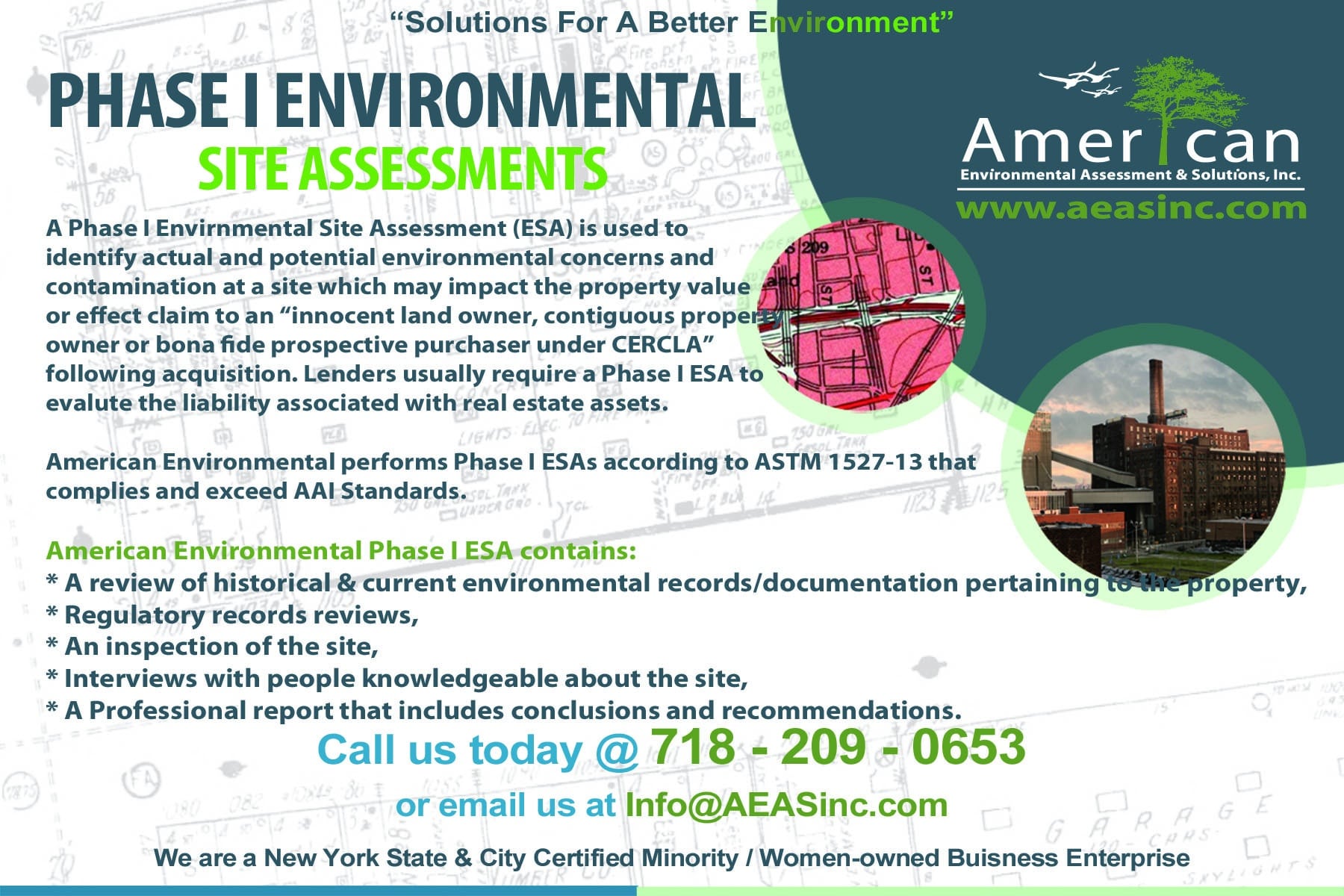Capitalizing On Sites With Environmental Property Damage: Is There Really A Pot Of Gold At The End Of That Rainbow?
Barnes & Thornburg LLP
Kara Cleary
March 15, 2016
When a company learns that it has a site suffering from environmental property damage, “profit” is the last thing on that company’s mind. Rather, the terms that company is more likely thinking about in this situation are those like losses, risk, environmental agency scrutiny, costly and lengthy remediation, bad press, etc. A recent article in the New York Times titled “Turning Polluted Properties into Profits” takes an alternative view of the value of sites with environmental property damage.
The article discusses a new business model and group of investors who are actively seeking out these properties in order to buy them, clean them up, and then sell them for a profit. However, as the article noted: “insurance is key.”
Finding insurance to help cover some or all of the clean-up costs is vital to the profitability of the damaged site. Because environmental property damage can exist for decades, historical insurance policies might be able to provide coverage for the resulting losses. In fact, if the site triggers commercial general liability policies issued before the pollution exclusion was common in the mid-1980s, the likelihood of available coverage is very high, assuming the insurance company is still around and paying claims.
But, like any business model – there are risks. From an insurance standpoint, there are three areas of concern:
1. finding historic coverage is not always easy or cheap
2. whether the rights under the historic insurance policies will transfer to the buyer
3. remediation may exceed the originally anticipated scope
For example, unless a company has stellar record keeping practices, often times it is hard to determine what policies a company had 40 or 50 years ago and even harder to locate copies of those policies. There are companies that specialize in this area that can help. However, it may not be an easy, speedy or cheap task.
Next, insurance companies have been known to assert that so-called “anti-assignment” clause to prevent a buyer from accessing the seller’s insurance policy without the insurance companies’ consent. Whether or not such provisions will be enforced is largely dependent on what state law will apply to the interpretation of the policy and the nature of the transaction (asset deal versus stock deal).
Lastly, remediation is often times a long process with required monitoring for many years even after the clean-up is completed. In addition, contamination of groundwater or nearby water sources may impact significantly the scope and costs of contamination and remediation. Thus, it may be very difficult to properly assess the scope of remediation initially.
Despite these obstacles, courts around the country have ruled in favor of insurance coverage for sites with long-term environmental property damage. Thinking about those damaged sites as potential profit centers is very interesting and gives companies another potential option for dealing with the issue – selling the properties to interested buyers!
This article should not be construed as legal advice or legal opinion on any specific facts or circumstances. The contents are intended for general informational purposes only, and you are urged to consult an attorney on any specific legal questions you may have concerning your situation.






 American Environmental is offering special pricing on Phase I ESAs ordered during the Spring month of April on single tax lots located within NYC.
American Environmental is offering special pricing on Phase I ESAs ordered during the Spring month of April on single tax lots located within NYC. 